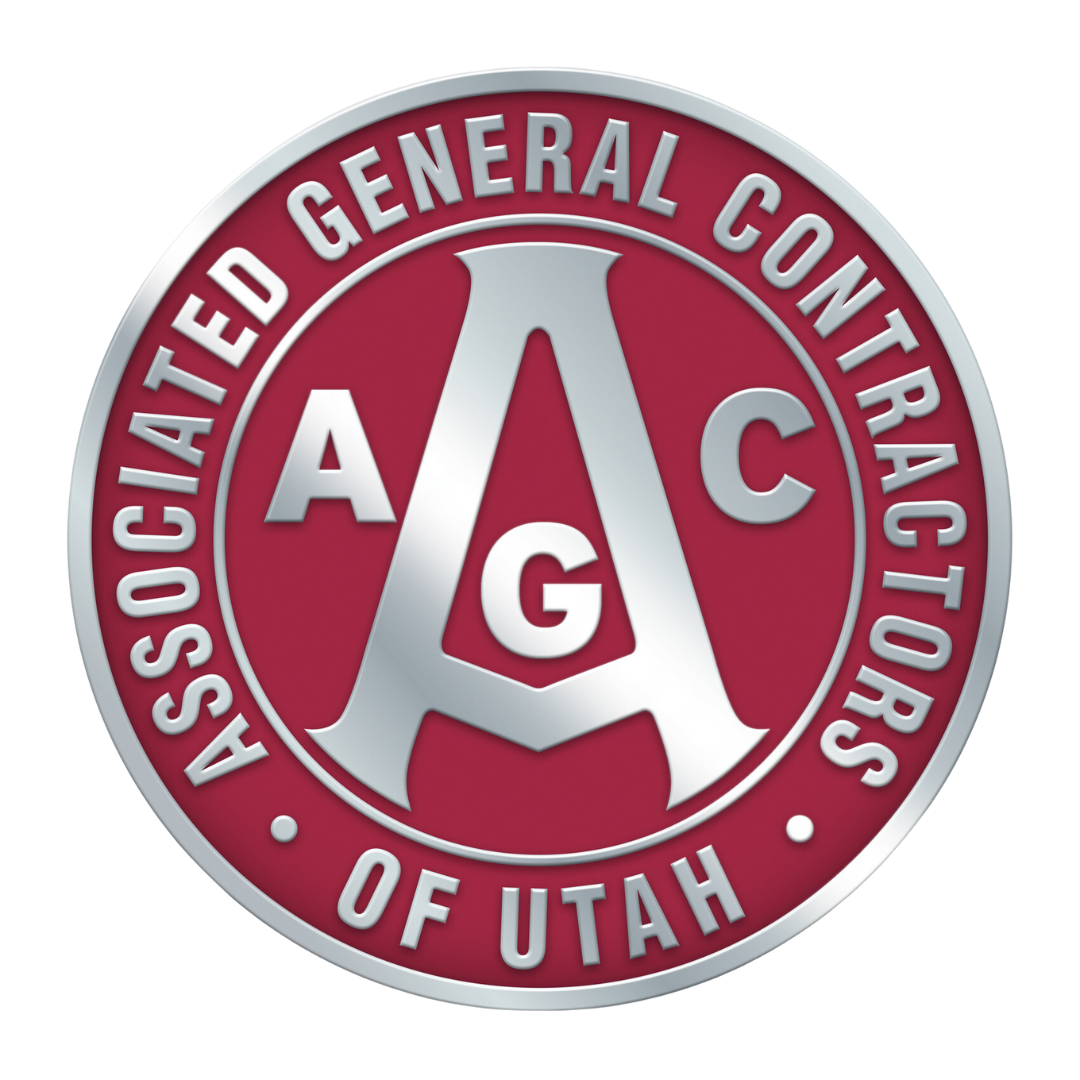Updates to Elevator inspection Protocols in Utah

Through AGC’s ongoing relationship with the Utah Labor Commission and as a direct result of recent collaborative conversations, the Commission has announced several significant changes to the elevator inspection process. These changes are designed to enhance inspection efficiency, improve project timelines, and increase communication between contractors, elevator companies, and regulators. We are grateful to the Utah Labor Commission and its continued efforts to work with the AGC and its members.
Expanded Inspection Availability and Timeliness Goals
The Labor Commission will be implementing the following:
- Inspection Days Expanded: Inspectors will now dedicate three days per week to new unit inspections, up from the current one-day-per-week model.
- Daily Scheduling: Inspections will now be scheduled on a rolling, daily basis.
- Faster Response Time: The Labor Commission has set a new internal goal to schedule inspections to be conducted within five business days of receiving a request from an elevator company.
These changes will help reduce bottlenecks and delays on job sites, especially as projects near completion.
Increased Transparency and Contractor Involvement
To ensure contractors are kept informed and better coordinate across trades, the following will be implemented:
- When an elevator company submits an inspection request, it must include an email address for the general contractor.
- The email will be used to copy the GC on inspection scheduling and correspondence, improving visibility into inspection timing and coordination.
- While the elevator company remains responsible for the inspection request and preparation, this change ensures GCs are in the loop and better positioned to coordinate logistics with subcontractors and owners.
Full Inspection Completion
The Labor Commission is refining its approach to elevator inspections to maximize the value of each site visit:
- Inspectors will now complete a full evaluation of each item of the elevator system that can be completed during each scheduled visit, rather than stopping at the first issue identified.
- While inspectors will not be expected to wait for extended periods, if an item or remedial work can be finished while the inspector is there (such as fixes that take just a few minutes), they will allow the fix and then reinspect that item.
- Issues that cannot be fixed in a timely manner, or that affect the inspections of other items, will have to be rescheduled; however, the full evaluation will create a more comprehensive list of corrections to be made.
This approach ensures that progress made on the project is recognized and that inspections are as efficient and productive as possible; ultimately helping to keep timelines on track.
How Contractors Can Help Streamline Elevator Inspections:
To help maximize the benefit of these new policies and continue a strong partnership with the Labor Commission, AGC urges contractors to do the following:
- Provide Accurate Contact Emails: General contractors should establish a reliable elevator project email that can be shared with elevator companies. This will ensure communication is received and acted on in a timely manner. General contractors could even establish a dedicated email for these types of communications (i.e., elevators@xyzcompanies.com)
- Use the Updated Inspection Checklist: The Labor Commission has revised its elevator inspection checklist.
- Ensure elevator companies use the most current version (or integrate the state's current version into their own checklist).
- AGC will host a link to the most recent checklist on its Advocacy webpage.
- Ensure Readiness Before Requesting an Inspection: GCs should help confirm that the job is substantially ready and aligned with the state's checklist before the elevator company submits the inspection request.
- This will avoid failed inspections and reduce re-inspection delays.
- Proactive coordination ensures smoother inspections and reinforces trust with inspectors.
These changes reflect a productive partnership between industry and government and are a direct result of AGC’s advocacy efforts. By working together and following these guidelines, contractors can help ensure the inspection process remains efficient, transparent, and effective - ultimately helping projects stay on schedule and improving outcomes for everyone.
